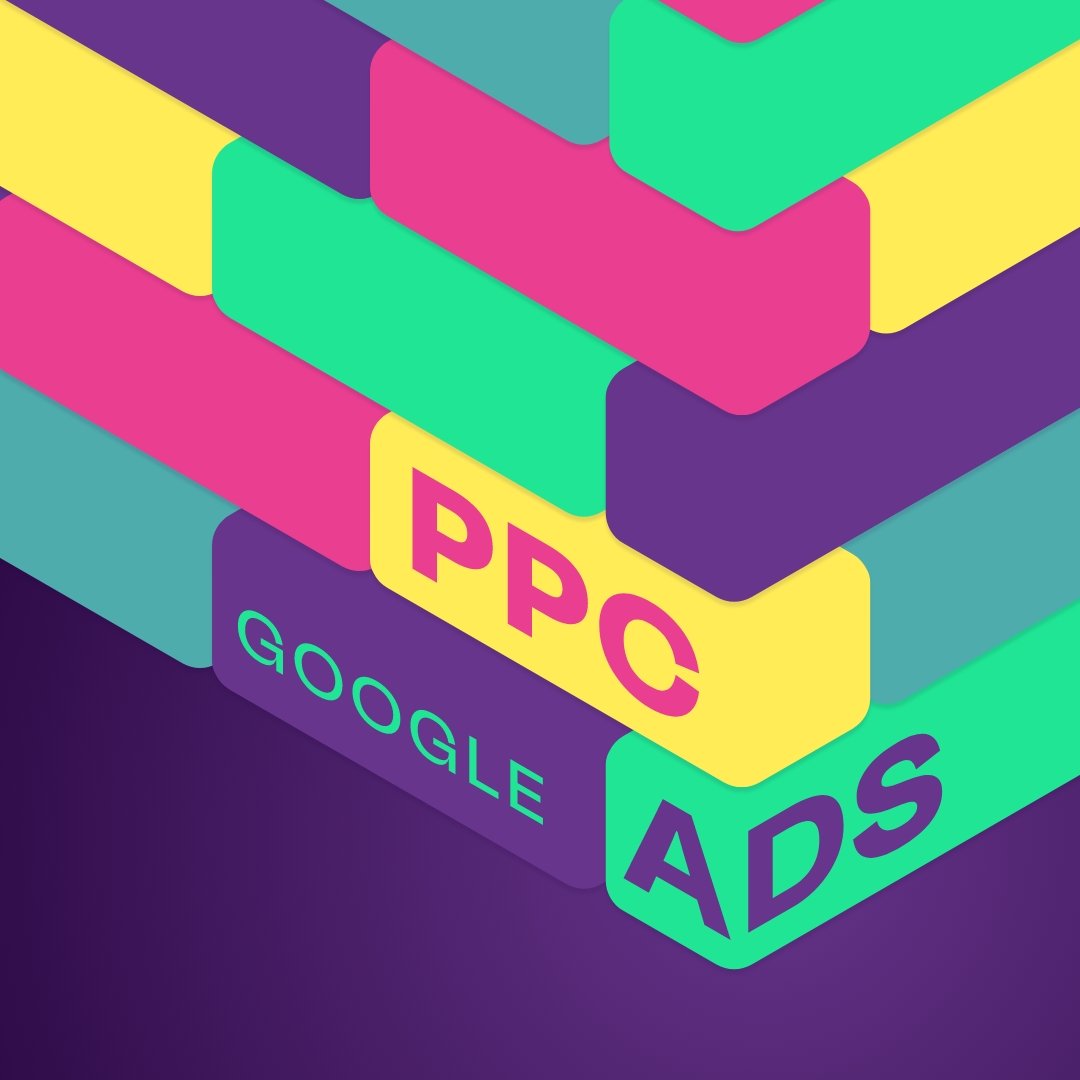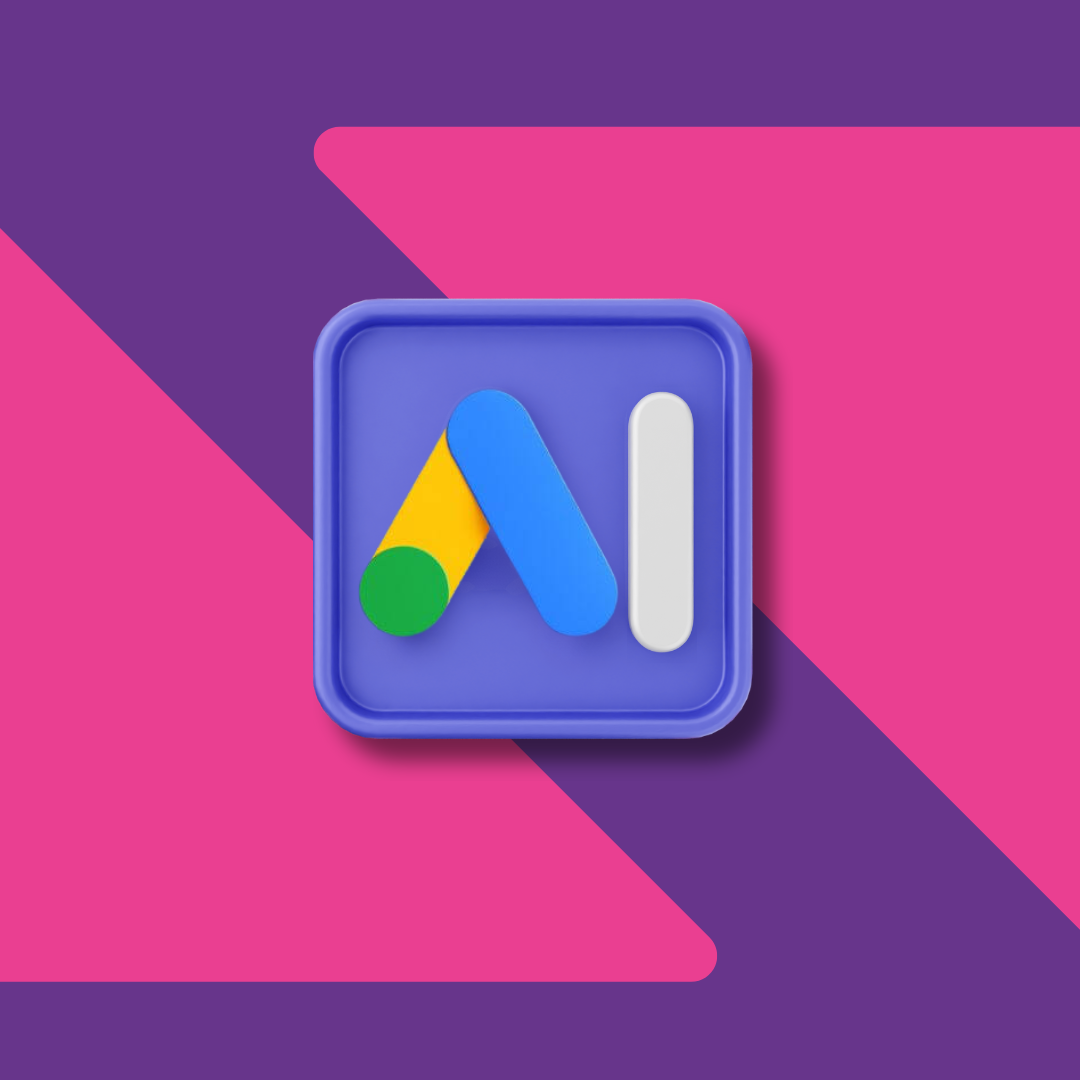Mattel has sold over a billion Barbie dolls.
4.1 million people in the US streamed the Barbie movie in its first week of release on HBO Max. Talk about huge audiences!
When the Barbie movie was released, it had an army of dedicated Barbie fanatics dating back generations, so it’s no wonder many people flocked to the cinema on its release or streamed it from home as soon as possible. To quote Barbie herself, “Don’t worry—everyone likes me and thinks I’m cool and pretty.”
The same can’t often be said of B2B brands, especially smaller ones. B2B audiences are usually more cautious and have less time to spend browsing social media at work, and are generally much smaller in number thanks to the niche nature of the sectors.
In fact, research shows that 73% of B2B marketers believe it’s becoming increasingly difficult to capture existing and potential customers’ attention. However, it pays to connect with them – 82% of B2B buyers said the winning vendor’s social content significantly impacted their buying decision.
So, how can social media marketers make the most out of these smaller and more hesitant audiences?
How B2B companies can leverage their audience
Understanding and engaging a B2B audience on social media can seem complicated, but there are certain approaches you can take to make the most out of every follower.
By fully understanding your customers, creating value-driven content, building trust and generating leads, B2B businesses can overcome the following challenges and harness the power of social media to drive growth.
Let’s break down these tactics below.
1. Get to know your audience
Unlike B2C, where the audience is often more straightforward, B2B audiences can be more nuanced and specialised. This complexity can make it challenging to create content that drives engagement.
To overcome this, businesses should establish target segments that include demographic information, job roles, pain points and online behaviours. Social media analytics tools, like LinkedIn Analytics, can provide valuable data about who is engaging with your content.
If you can access powerful insight tools, such as the Global Web Index (GWI), this is a fantastic way to learn who to target and how to reach them most effectively.
Additionally, engaging in social listening with tools like Hootsuite and Brandwatch can help you monitor conversations around your industry and brand, giving you deeper insights into your audience’s needs and preferences.
2. Create content worth sharing
Engaging a niche audience can be challenging due to their specialised interests and the lower volume of potential followers than B2C audiences.
Engagement is critical, as data shows that 95% of B2B businesses are outside the market for most goods and services at any one time. You must engage them regardless of their position in the sales funnel, which is vital!
Businesses should create value-driven content, such as industry insights, how-to guides, and case studies, to better attract and retain specialised audiences.
I always advise marketers to focus on pain points when creating their content plan – how can you make things easier for your customers? Leveraging LinkedIn is particularly effective for B2B marketing, allowing businesses to connect with industry professionals, join relevant groups and participate in discussions.
You should also consider your relationship with your audience or ‘community’. Respond to comments, participate in trending topics and show genuine interest in feedback and questions. This will build stronger relationships and keep them engaged. Holding webinars or events is also a great way to showcase your expertise.
3. Share social proof
Building trust and credibility with a B2B audience can be more challenging than B2C, as businesses are more cautious and take longer to make decisions.
There’s not much at stake when buying a new lipstick, for example, but if you choose the wrong supplier for your business, you could risk your reputation or enter into a costly contract that you regret. This caution requires a much more strategic approach to establish and maintain trust.
Businesses should share testimonials and case studies highlighting success stories from happy clients. You should also publish authoritative content, like webinars and whitepapers, to highlight your role as a thought leader. All of these resources are key for E-E-A-T, too.
Also, be transparent about your business journey—the successes, failures and everything in between. You’re selling to humans, so act like one. B2B audiences will trust you more if you’re open.
4. Generate leads
In many B2B businesses, social media can’t solely exist as a brand awareness exercise. ROI and generating leads are essential, and there are ways to encourage your customers to convert.
Businesses can offer lead magnets such as ebooks, whitepapers and free exclusive events (e.g. networking mixers or webinars with an expert) in exchange for contact information.
In conjunction with your social strategy, use social media ads that allow precise targeting based on industry, job title, and other demographics. With better targeting, your audience is more likely to convert. Plus, running retargeting ads helps engage potential leads, guiding them through the sales funnel and keeping your brand front-of-mind.
In this blog, you’ve learned how B2B companies can leverage their audience to enhance their social media offering. In the next part of this series, I’ll cover how to maximise your social media impact by making the most of your available resources.
Does your business need advice when it comes to organic social strategy? Let’s chat!
At Trio, our team knows social media and marketing strategy inside and out, no matter your business size or industry.
Let’s team up! Contact us today and see how we can transform your social media game.



